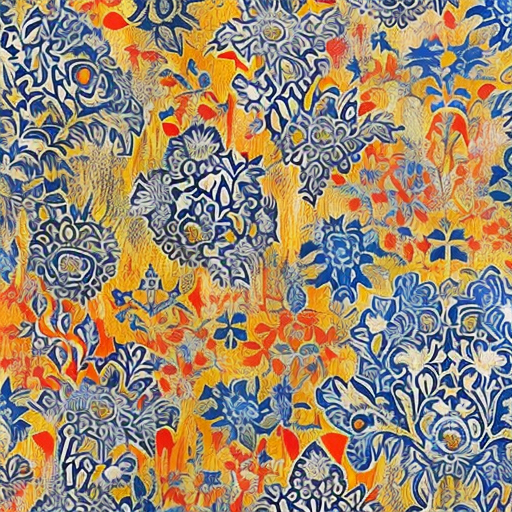Summary: Stenciling is a technique used in art and design to create images or patterns by applying paint or ink through a cut-out template. It is a versatile and accessible method that has been used for centuries in various forms, from cave paintings to street art. Stenciling allows artists to reproduce images with precision and consistency, making it a popular choice for creating posters, signs, and decorative elements.
History of Stenciling:
Stenciling has a long history that can be traced back to ancient times. The earliest known stencils were found in caves in France and Spain, dating back over 30,000 years. These stencils were created by blowing pigment over the hand or an object placed against the cave wall. Stenciling techniques were also used in ancient Egypt, where stencils were used to decorate tombs and create intricate patterns on pottery.
During the Renaissance, stenciling gained popularity as a way to create decorative designs on walls, furniture, and textiles. Stencils were made from materials such as paper, leather, or metal, and were used with various mediums, including paint, ink, and gold leaf. Stenciling techniques continued to evolve over the centuries, with artists and craftsmen developing new methods and tools to achieve more intricate and detailed designs.
Process of Stenciling:
The process of stenciling involves creating a template or stencil, which is then used to apply paint or ink onto a surface. Stencils can be made from a variety of materials, including paper, cardboard, plastic, or metal. The design is cut or punched out of the stencil material, leaving behind the desired image or pattern.
To use a stencil, it is placed on the surface to be decorated, and paint or ink is applied using a brush, sponge, or spray. The stencil acts as a barrier, allowing the paint or ink to pass through only the cut-out areas, creating the desired image or pattern. Multiple layers of stencils can be used to create more complex designs or add depth and dimension to the artwork.
Applications of Stenciling:
Stenciling has a wide range of applications in art, design, and everyday life. It is commonly used in commercial and industrial settings to create signage, labels, and markings. Stenciling is also popular in street art, where artists use stencils to quickly reproduce images and messages on walls and other surfaces.
In the world of fashion and textiles, stenciling is used to create patterns on fabrics, such as t-shirts, bags, and home decor items. It is a cost-effective and efficient method for mass production, allowing designers to create consistent and repeatable designs.
Stenciling is also a popular technique in the world of mixed media and collage art. Artists use stencils to add texture, pattern, and layers to their artwork, creating visually interesting and dynamic compositions.
Advantages and Limitations of Stenciling:
One of the main advantages of stenciling is its versatility and accessibility. It can be used with a wide range of materials and mediums, making it suitable for various artistic and practical applications. Stenciling allows artists to reproduce images with precision and consistency, making it a popular choice for creating posters, signs, and decorative elements.
However, stenciling also has some limitations. It can be challenging to create intricate and detailed designs with stencils, as the cut-out areas need to be large enough to allow the paint or ink to pass through. Stenciling also requires careful positioning and alignment to ensure the desired image or pattern is accurately transferred onto the surface.
In conclusion, stenciling is a versatile and accessible technique used in art and design to create images or patterns by applying paint or ink through a cut-out template. It has a long history and is used in various forms, from cave paintings to street art. Stenciling allows artists to reproduce images with precision and consistency, making it a popular choice for creating posters, signs, and decorative elements.












